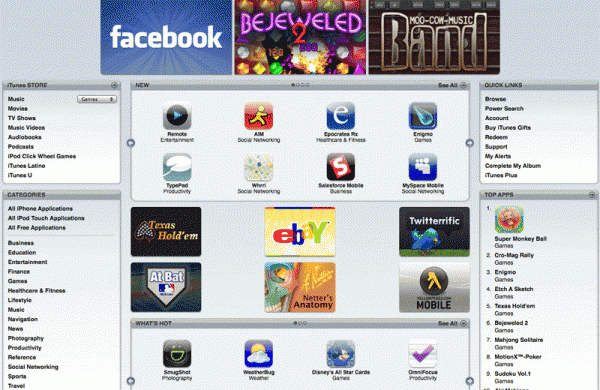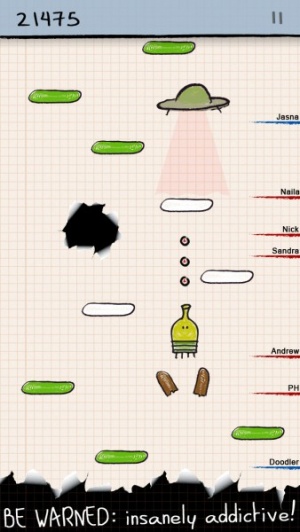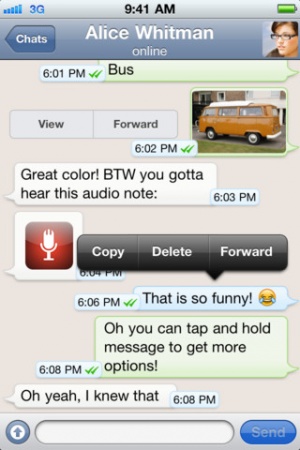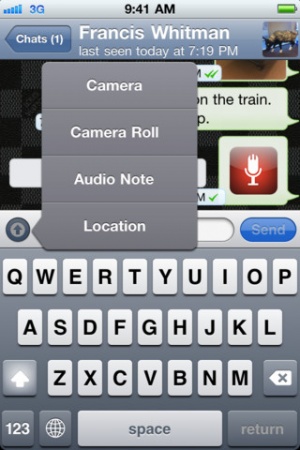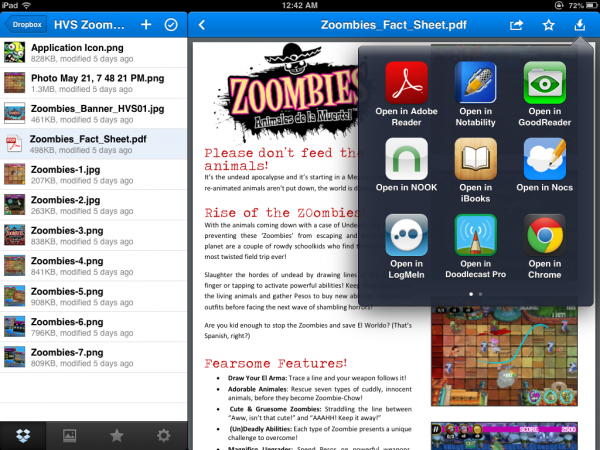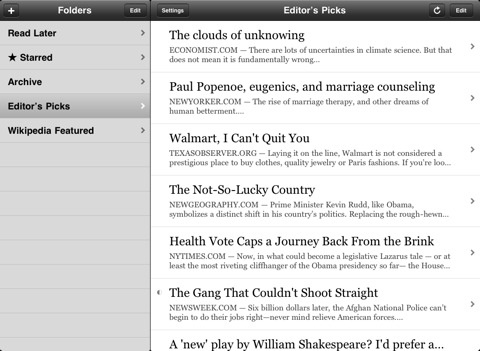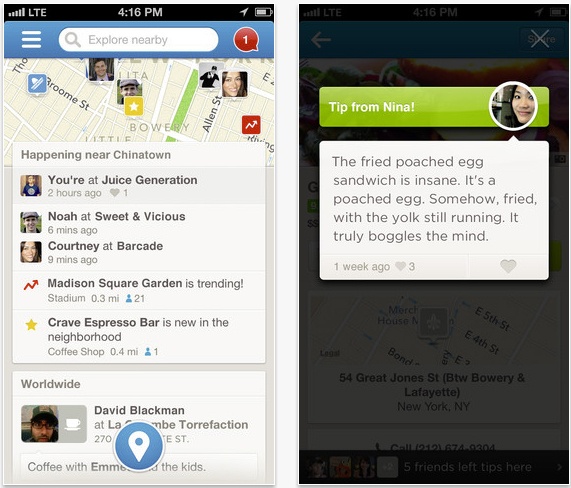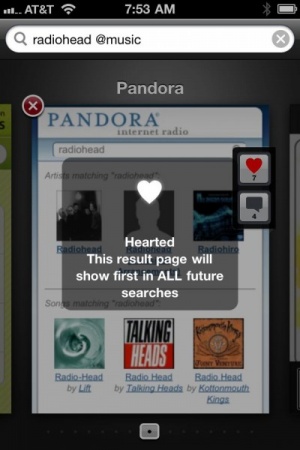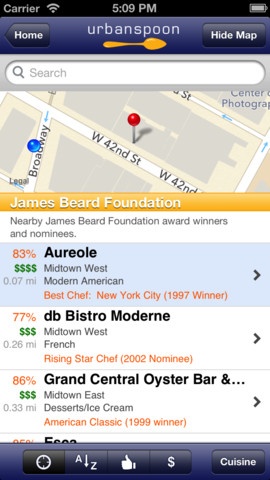The App Store has been around for five years, and in that time its library has grown from just under a thousand titles to over a million. Even with so many releases (and more on the way) there are still a fair number of developers - prominent, indie, or otherwise - who haven't gone near it. Why have some embraced the App Store while others have hesitated? Why are there still so many talented people, whose games would be a great fit for iOS, not releasing their games for the platform? I reached out to a number of developers, some who have and some who haven't released games on iOS, to try and figure it out.
The Initial Draw
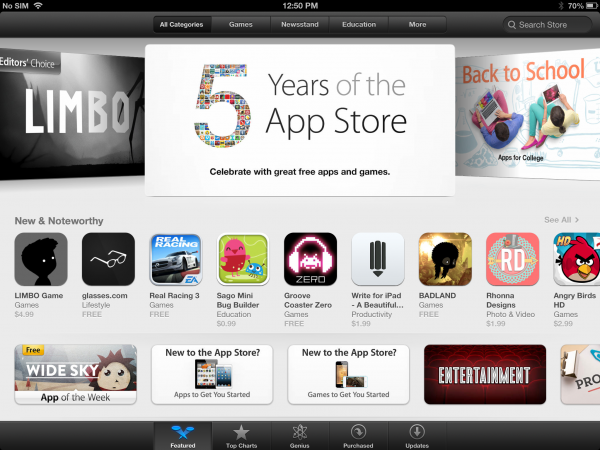
With such a
big install base (600 million devices sold and 575 million user accounts) and a unified operating system, it's only natural for many a developer to find the App Store appealing. Especially if the popularity or puslisher support for certain platforms starts to wane. Daniel Steger of
Stegersaurus Games has been doing pretty well on the Xbox 360's Xbox Live Indie Games marketplace, but lately it's looking like Microsoft might be
pulling the plug on the once indie-friendly venue. "iOS has been seen as one option because it has many consumers and seems to fit the scale of games I enjoy making," Steger said, "Frameworks like Xamarin's Monotouch could also make porting my games from XBox to iPhone fairly pain-free which is an added bonus as I could continue creating games for both platforms."

Daniel Steger/Steger Games
It was the portability and popularity of Apple's iOS devices that first attracted
ISOTX's Jeroen Roding to the App Store. "The iPad is something you have with you all of the time, it is accessible at any given time of the day," Roding said. "The average revenue per unit is pretty high and the whole shop backend is easy for the users." It wasn't just the install base, either. As a developer for Facebook games there was also cross-platform integration to consider that would allow users to "start the game on PC and Mac and finish it while on their tablet," he said.
Both Marios Karagiannis from Karios Games and independent programmer Suraj Gregory-Kumar attribute their initial interest to the App Store's popularity as well as Apple's certification process. According to Karagiannis, "Companies that consider creating casual games for mobile devices cannot really afford to skip the App Store," since he considers it to be "the biggest, more consistent app store of the 3 major platforms right now." Gregory-Kumar agrees, but views the situation from a more practical standpoint. "I own an iPhone and wanted to venture in to unknown territory," said Gregory-Kumar, "but more over it was a way of showing those around me the games I could produce, since the device is portable and easy to show off."

Suraj Gregory-Kumar
As for getting apps certified, Karagiannis considers it to be a necessary buffer. "Remember that the lack of any kind of certification means in practice that a VERY large number of apps are utterly useless - including malicious apps." In other words it's like the Wild West. However, that also means getting something approved for the App Store can take a little while, as Gregory-Kumar recalls. "The App Store approval process is something which takes a lot of consideration, as the app must meet their strict guidelines, otherwise the app is declined."
Mike Roush, co-founder of Gaijin Games, has a slightly different perspective on the matter. BIT.TRIP BEAT has been on the App Store since 2010, however he doesn’t feel like they’ve had much involvement in it’s App Store appearance. “I don't really feel like Gaijin Games made the game, seeing as it was a port of the Wii version.” Roush said, noting that Namco’s involvement with publishing and co-developing the port attributed greatly to his feeling of detachment. He also believes they could take advantage of the shift in App Store shopper preferences from the quick and casual games of the early years to something more complex. “Nowadays," Roush said, "it seems to me that people are interested in deeper, richer and more polished experiences.”
Reservations
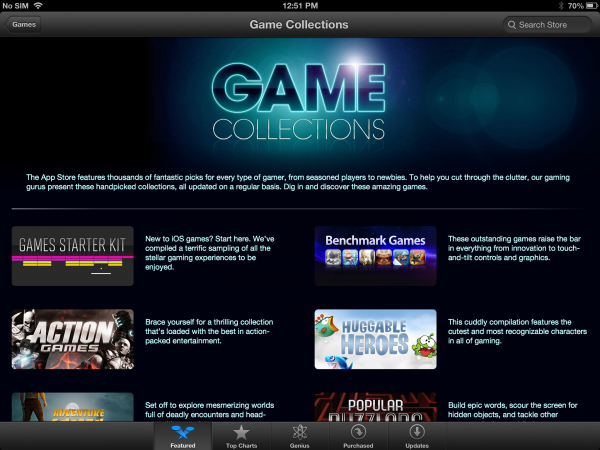
As appealing as any development platform might be there are always going to be a few aspects that give someone pause. Apple's certification process, while a welcome buffer for some, becomes an unnecessary barrier for others. Daniel Steger had this exact problem when he attempted to move a few of his Xbox Live Indie Games to iOS. "I spent some time porting my game engine to work with Monotouch," Steger said, "Unfortunately, after all that time I did not account for Apple's sensitivity when approving games." The first game he had attempted to port was rejected three consecutive times; the last of which was anything but constructive or informative. "I was told not to submit the game again, as it would never get approved."

Jane V./Price Rhythm
He tried to make the best of it by porting two other games, both of which did fairly well on Xbox Live and were, in fact, approved for the App Store, but it just wasn't enough. "They were quicker ports just trying to make the best out of a bad situation," he said. Unfortunately, while these games performed well on Xbox Live they didn't even come close to recouping the time and money spent porting them to iOS in the first place. He's been understandably hesitant to port any other projects ever since. Jane V from
Price Rhythm was also initially put off by the approval process. "I am holding myself from developing games because I believe that in order to succeed in it and make the "killer" game, you have to make it really beautiful and engaging." She said, "This requires a lot of graphical capabilities, marketing budgets and etc that a lot of indie developers just don't have."

Marios Karagiannis/Karios Games
Jeroen Roding, Marios Karagiannis, and Suraj Gregory-Kumar, on the other hand, were more concerned about the development tools themselves. Gregory-Kumar wasn't much of a Mac user initially and was also worried about budgeting on top of his unfamiliarity. "Fortunately, my husband is an Apple fan so his Mac came in handy." Gregory-Kumar said, "With the Unreal Engine you need a windows machine to install the software, and a mac to submit it, so developing using this process without the technology would prove costly." Roding, on the other hand, was limited to his prior experience with developing browser-based games. "We didn't really have the experience at the time to get our game functioning on iOS." Roding said, "Now we are working with scaleform and Unity in order to get the game running smoothly on iOS and retaining the same value on PC and Mac."
Marios Karagiannis, however, has had a fair bit of experience in designing for mobile ever since 2011. Although it was for Windows Phone. A platform he picked mostly due to the accessible development tools. "XNA was providing (at the time) an excellent game development framework for indies and Microsoft was really pushing for the platforms, which gave me a lot of perks." He was also a little preoccupied at the time, what with pursuing his PhD and all. "Revenue as well as user acquisition was not my number one priority," Karagiannis said, "I opted for having fun creating my games while making them available through a number of people through a centralized store at the same time."

Jeroen Roding/ISOTX
Mike Roush was mostly concerned about he and his team’s extensive background in console development, as mobile platforms are something of a different beast. The App Store is also a fairly unpredictable marketplace. “If we invest a significant amount of money into an iOS project and it doesn't hit, then we are in trouble.” Roush said. There was also a lot less pressure for their games to succeed because they were a much smaller studio at first. “We had no fear of failing because our office burn-rate was around $1000.00. We didn't really have much to lose and we could function on very little.”
Coming Around
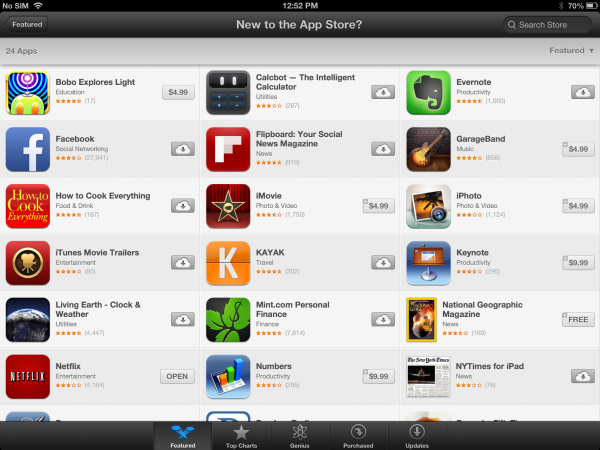
Even though they've had issues or reservations in the past, everyone agrees that there are some qualities the App Store possesses that made (or will make) it worth the effort. Even Daniel Steger hasn't
totally written off Apple's mobile platforms. "I wouldn't say an attempt to return to iOS is out of the question," Steger said, "but there are a few places that take priority because of my experiences." He's been attempting to use Steam Greenlight to release his most recent project,
Mount Your Friends, on PC and has been eyeing Google Play for another go at mobile devices. He'd still be willing to give Apple another shot, however. "If I heard Apple was being more transparent now on their review criteria, or heard that my old, rejected submission to the app store would be considered today by Apple that may influence a return." Suraj Gregory-Kumar is simply looking forward to more time to learn, and hopes that Apple eventually opens up iOS to other development tools. "It would be easier being able to use a windows machine to develop for Apple (using Xcode/Objective-C)," he said.

Mike Roush/Gaijin Games
Marios Karagiannis and Jeroen Roding are pretty much on-board already thanks to Apple's install base. Since finishing his PhD last December, Karagiannis Has found that his priorities have been changing. "App Store users seem to be willing to pay more than Android users." His biggest theory on this phenomenon has to do with the install base on Android versus iOS. "While on paper Android users are many more," Karagiannis said, "the average Android user uses an old device and is used to getting all of their apps for free." Of course a similar case could be made against iOS users, but there definitely seems to be a more universal acceptance of $0.99 releases on the App Store. Roding is more interested in the number of iOS users rather than the particulars of the App Store's economics. "From a marketing point of view we really liked the average revenue per unit and the fact that we can reach a larger audience." Roding said, "Also looking at the numbers for PC gamers having access to or owning a tablet are really good, around 30% of the PC gamers now owns a tablet."
Karagiannis concurred. "Apple's ecosystem proved to be quite robust and iOS as a gaming platform seems to be one step away from being the most successful gaming platform at the moment, including game consoles and PCs," Karagiannis said. Mike Roush feels the same way, and has high hopes for Gaijin Games on the App Store. “We are actually working on the iOS version of Runner2 (it's super amazing btw). I would be willing to bet, from here on out, every game we make will be on an iOS device.” Roush said, “You just can't argue with the number of iOS units currently in the hands of people.”
